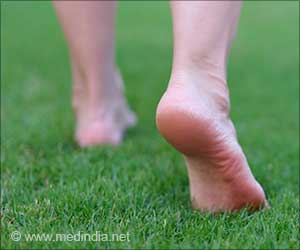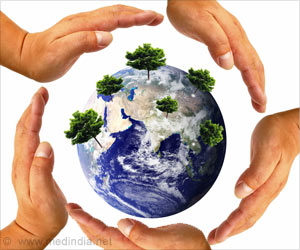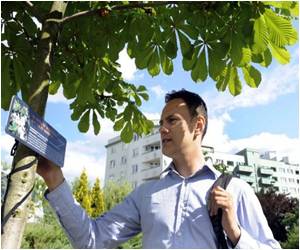This Earth Day, discover how pollution, biodiversity loss, and climate change are threatening global health—and how we can reverse the damage.
- Air and noise pollution are damaging our brains, oceans, and lungs
- Urban gardens may be toxic without soil testing—heavy metals are hiding in plain sight!
- Frogs are vanishing fast, signaling ecosystem collapse and loss of life-saving medical breakthroughs
Earth Day 2025
Go to source).
Luckily, people from all walks of life, including scientists and community members, are now dedicated to restoring environmental damage and revitalizing ecosystems while rebuilding the broken systems!
breathing city air could be filling your lungs with plastic? #environmentalhealth #medindia’
Polluted Skies, Fading Minds!
Extended exposure to contaminated air results in impaired cognitive function and dementia development. Studies reveal that minute particles from automobiles, factories, and fossil fuels infiltrate different organs through inhalation and primarily target brain cells, resulting in inflammation and ultimately neural damage that impairs memory.Surprisingly, this condition is preventable because of its cause! (2✔ ✔Trusted Source
Earth at risk: An urgent call to end the age of destruction and forge a just and sustainable future
Go to source).
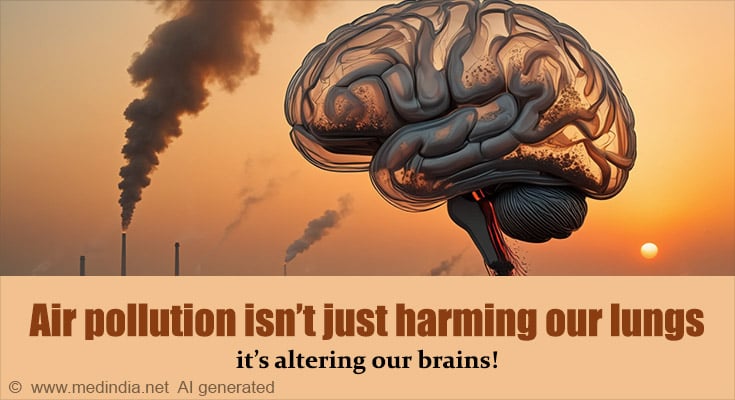
Our Power!
- Advocate for cleaner transportation
- Plant more greens!
- Promote policies that recognize clean air as a fundamental human right!
Hidden Toxins in “Homegrown” Greens!
Nowadays, people are adopting community gardens, rooftop farms, and green balconies to achieve food security in urban settings. These green spaces represent three important values: Hope, Sustainability, and Self-Reliance!Urban soil conceals a hidden danger, as toxic metals gain entry through its depths despite its lush green appearance! Researchers have found alarming amounts of dangerous heavy metals, including lead, cadmium, and arsenic, in the vegetables produced within urban areas! Construction materials, automobile exhaust fumes, industrial waste, and improper waste disposal all contribute to the contamination of the soil.
Long-term repeated contact with these heavy metals produces negative impacts on child brain development while simultaneously creating higher possibilities for kidney and liver damage and increasing cancer dangers in the future. The irony? In an act of consuming cleaner foods, urban cultivators are unintentionally consuming pollutants! (3✔ ✔Trusted Source
Even cooler insights: On the power of forests to (water the Earth and) cool the planet
Go to source).
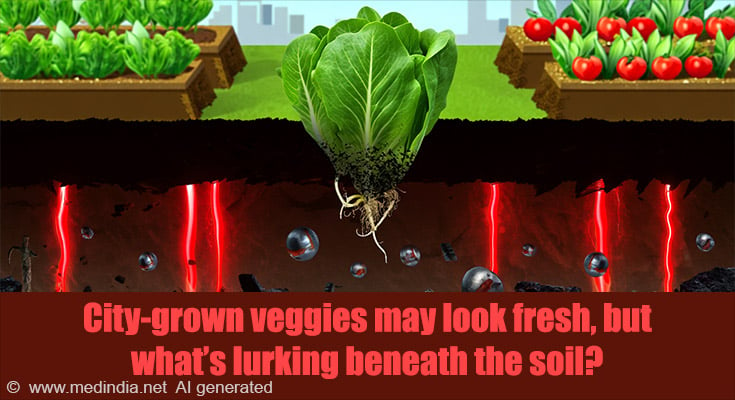
Our Power!
- Before planting in any garden area, the soil should be tested and treated.
- Raising beds using clean imported soil should include the installation of protective barriers.
- Local governments require pressure to clean polluted land sites while extending safe gardening education programs to the public.
- Support urban policies that address not just food access but also soil health and environmental justice!
Roots of Resilience: How Ancient Plants Can Feed Our Future!
Due to climate change, our food system is constantly under threat from prolonged droughts, intense heat waves, and erratic weather patterns. In an effort to address these issues, researchers have discovered the genetic potential of wild plant species that are wild relatives of conventional agricultural crops. Through years of evolution, these tough plants have become resistant to extreme heat, poor soil quality, and water shortage, giving scientists the possibility to cultivate genetically modified crop varieties against these harsh hurdles! (4✔ ✔Trusted SourceEcological dichotomies of solar energy expansion: resilience in arid regions versus fragility in humid ecosystems
Go to source).
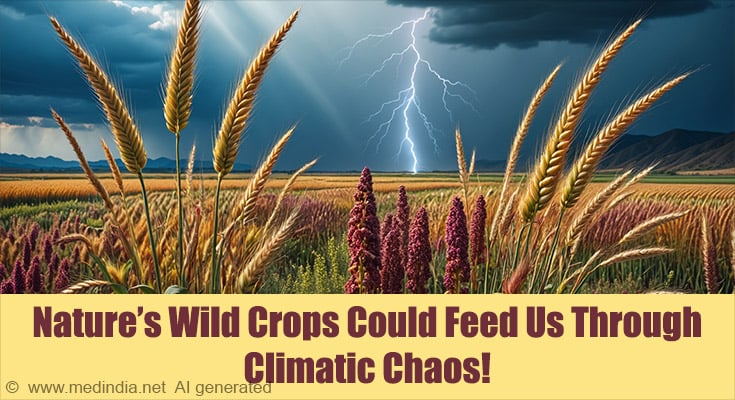
Our Power!
- The agricultural research foundation should prioritize biodiversity along with sustainability over yield-focused initiatives.
- Use heirloom varieties of crops as well as climate-resistantones whenever possible.
- Since every lost species could result in a lost solution, it is important to implement policies protecting wild plant habitats.
The Ocean’s Silent Struggle: How Noise Pollution Is Drowning Marine Life
The world faces a silent issue beneath the ocean's surface caused by noise rather than plastic pollution or global warming. The increasing rate of ocean noise pollution stems mainly from human activities that include shipping operations, sonar testing, and seismic surveying.Marine animals depend equally upon underwater sounds as humans depend upon their visual and auditory senses for their existence! Using these sounds, marine life navigates through the ocean, finds mates, hunts prey, and spots predators. The growing ship traffic and industrial noises have created challenging conditions for marine animals to detect sounds (5✔ ✔Trusted Source
Evidence of cascading ecosystem effects following the loss of white sharks from False Bay, South Africa
Go to source).
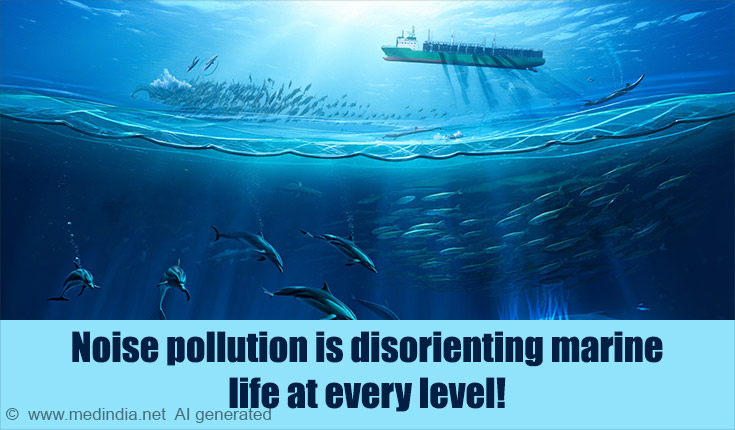
- Whales and dolphins become disoriented, straying off course or colliding with ships.
- Fish struggle to communicate, leading to disruptions in breeding and feeding habits.
- Marine mammals suffer stress-related effects, weakening their immune systems and increasing their vulnerability to disease.
Our Power!
- Demand legislation that limits ocean noise pollution from shipping, exploration, and military activities.
- Advocate for eco-friendly, quieter shipping technologies and alternatives to traditional sonar systems.
- Support marine protected areas (MPAs) where human noise is reduced or eliminated.
Melting Ice, Moving Earth!
When we talk about melting glaciers, most of us picture rising sea levels and endangered polar bears. But according to current findings, the basic structure of our planet itself is undergoing changes that science did not initially foresee!Tokyo's scientific team at the Earthquake Prevention Project has observed the massive weight reduction of glacier mass from climatic changes. This loss triggers a process known as glacial isostatic adjustment—where the land, once compressed by ice, begins to rebound like a released spring. While ice used to offer stability by acting like a heavy lid on tectonic plates, the disappearing ice layer threatens dangerous outcomes!
The process of rebounding results in increased earthquake rates while also triggering landslides and volcanic activity in areas prone to danger!
Scientists are now seeing patterns emerge:
- Regions in Alaska, Greenland, and parts of Scandinavia are experiencing increased seismic activity.
- As the crust relaxes, fault lines reactivate, raising the risk of natural disasters in places once considered stable.
- In volcanic zones, the reduced pressure could contribute to eruptions that would otherwise have stayed dormant (6✔ ✔Trusted Source
Peatlands as geo-archives for atmospheric micro- and nano-plastics: a perspective review
Go to source).
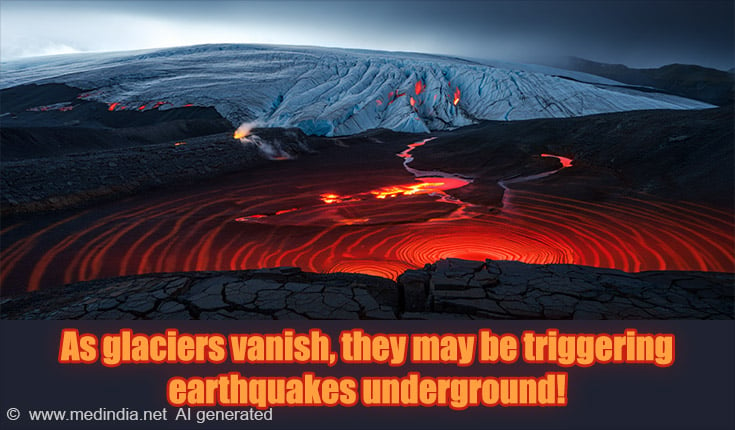
Our Power:
- Tracking of glacial areas along with fault lines that face environmental strain.
- Evaluate seismic risks in danger zones to support climate change adaptation.
- Decreasing emissions now will stop natural systems from becoming destabilized through a chain of negative impacts.
Echoes of Extinction: Frogs Are Fading, and So Is Nature’s Balance
The Earth is changing fast, and it’s trying to tell us something; This Earth Day, one of the loudest warnings comes from the quieting chorus of frogs!Frogs might seem insignificant because of their tiny size, yet they maintain a pivotal role in our ecosystem. As amphibians, they play a pivotal role in giving early signals that warn about environmental conditions in both land and water. This environmental alarm is currently at an intense level of warning, with the frog population disappearing at a rate exceeding all other animal groups.
The overwhelming extinction crisis is due to climate change, habitat destruction, pollution, and invasive species, along with chytridiomycosis (deadly diseases affecting amphibians).
The decline of frogs triggers numerous environmental risks.
- Ecosystem Disruption: Frogs maintain a natural insect balance by controlling mosquito species that transmit diseases. The decline of frogs in the environment leads to more bugs posing increased health dangers for humans!
- Crumbling Food Web: Through their place in the food chain, frogs provide food for all three groups: birds, snakes, and fish. The chain of life above the frogs becomes unstable with their absence.
- Lost Cures:
Scientists develop painkillers, antibiotics, and cancer cures by analyzing frog skin. The disappearance of species results in significant medical opportunities being inaccessible to humanity (7✔ ✔Trusted Source
State of knowledge for invasive green iguanas in Florida reveals negative impacts and pervasive research needs
Go to source).
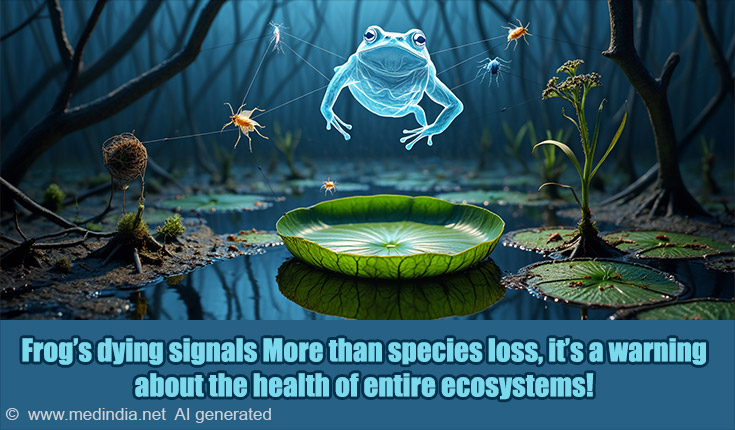
Our Power!
- Support wetland conservation and reforestation efforts to protect frog habitats.
- Say no to harmful pesticides and pollutants that contaminate breeding grounds.
- Get involved in citizen science programs that monitor frog populations.
- Advocate for stronger biodiversity laws and global action on climate change.
We’re Breathing Plastics!
From oceans to dinner tables, plastic contamination is invading every part of our lives! The latest scientific discoveries reveal that plastic contamination exists not only outside but also inside the air we breathe!Microplastics and nanoplastics were identified to exist in the atmosphere. Lung tissue analysis shows the presence of these tiny particles inside our bodies, while researchers also find them inside unborn baby placentas! (8✔ ✔Trusted Source
Dust in the Arctic: a brief review of feedbacks and interactions between climate change, aeolian dust and ecosystems
Go to source).
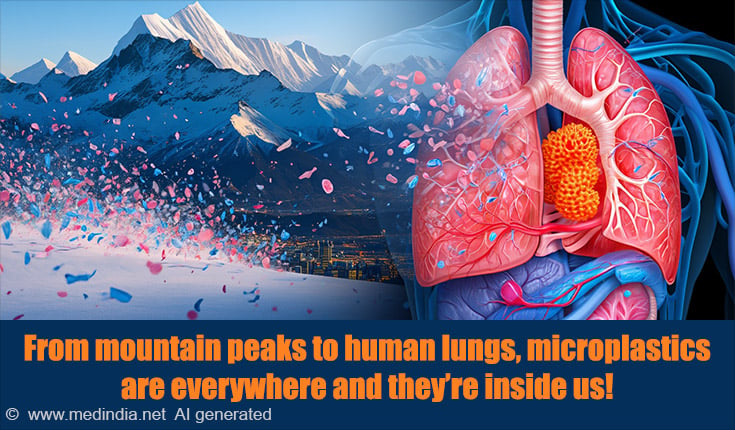
What Makes this Alarming?
- These plastic particles carry toxic chemicals like phthalates and bisphenols, which are known to disrupt hormones, impair fertility, and increase cancer risk.
- They can lodge in the lungs, causing inflammation, respiratory issues, and potentially long-term damage.
- People living in urban or industrial areas, or even near roads with heavy traffic, are more exposed, but no one is truly safe—these particles have been found on mountaintops, in polar snow, and remote rural atmosphere.
Our Power!
- Say no to single-use plastics and opt for natural fibers like cotton, hemp, or bamboo.
- Use air purifiers indoors and regularly ventilate living spaces.
- Push for corporate responsibility in reducing plastic packaging and
microplastic emissions . - Support research and policy change to regulate airborne plastics just like any other pollutant.
References:
- Earth Day 2025 - (https://www.earthday.org/earth-day-2025/)
- Earth at risk: An urgent call to end the age of destruction and forge a just and sustainable future - (https://pmc.ncbi.nlm.nih.gov/articles/PMC10986754/)
- Even cooler insights: On the power of forests to (water the Earth and) cool the planet - (https://pubmed.ncbi.nlm.nih.gov/38389196/)
- Ecological dichotomies of solar energy expansion: resilience in arid regions versus fragility in humid ecosystems - (https://www.frontiersin.org/journals/plant-science/articles/10.3389/fpls.2025.1549519/full)
- Evidence of cascading ecosystem effects following the loss of white sharks from False Bay, South Africa - (https://www.frontiersin.org/journals/marine-science/articles/10.3389/fmars.2025.1530362/full)
- Peatlands as geo-archives for atmospheric micro- and nano-plastics: a perspective review - (https://www.frontiersin.org/journals/earth-science/articles/10.3389/feart.2025.1514255/full)
- State of knowledge for invasive green iguanas in Florida reveals negative impacts and pervasive research needs - (https://www.frontiersin.org/journals/amphibian-and-reptile-science/articles/10.3389/famrs.2025.1529065/full)
- Dust in the Arctic: a brief review of feedbacks and interactions between climate change, aeolian dust and ecosystems - (https://www.frontiersin.org/journals/environmental-science/articles/10.3389/fenvs.2025.1536395/full)
Source-Medindia


